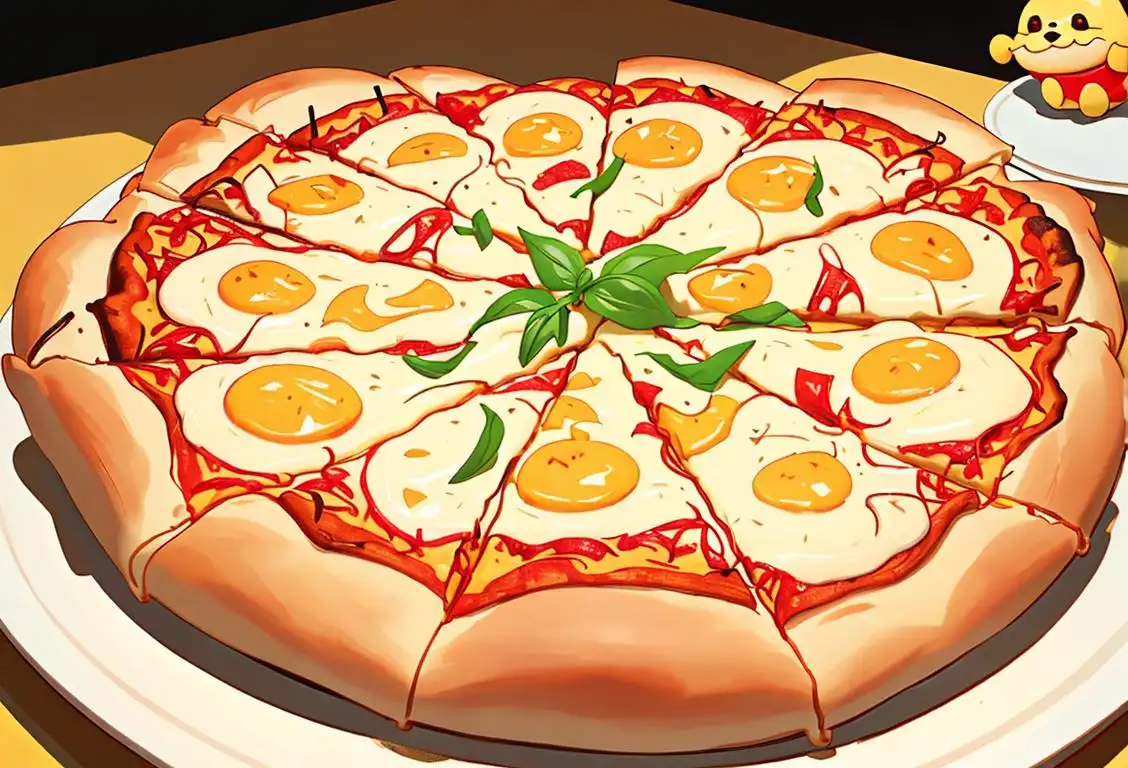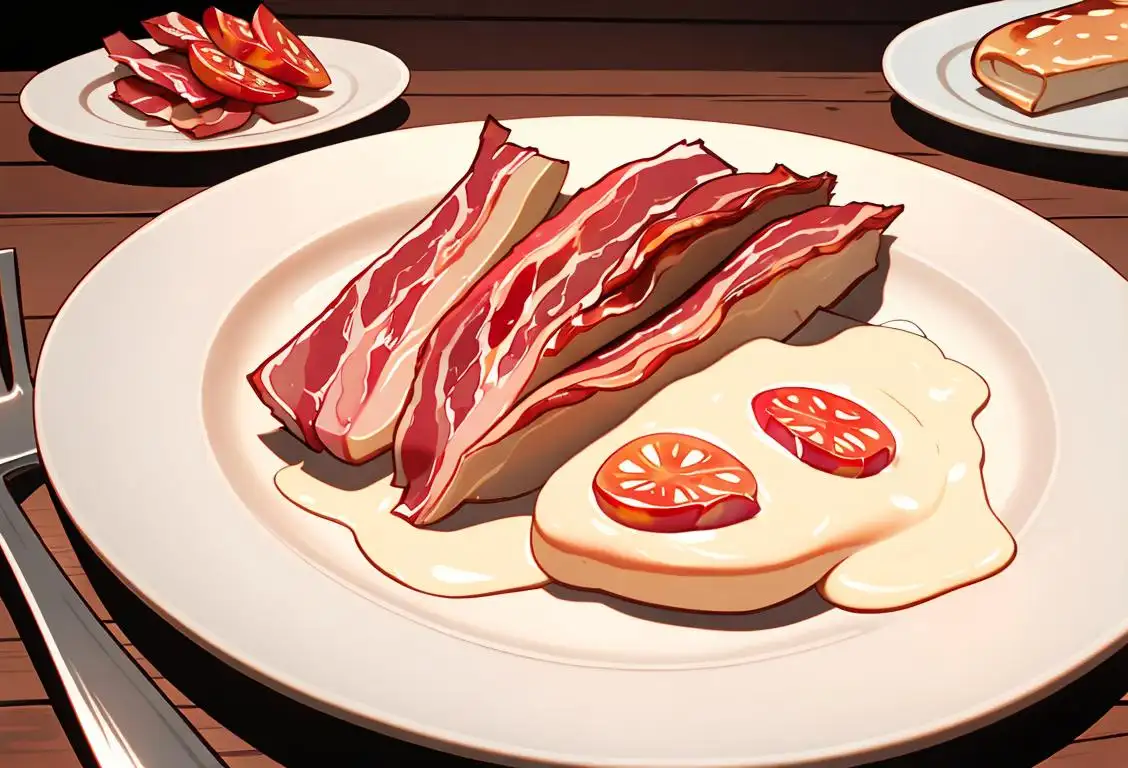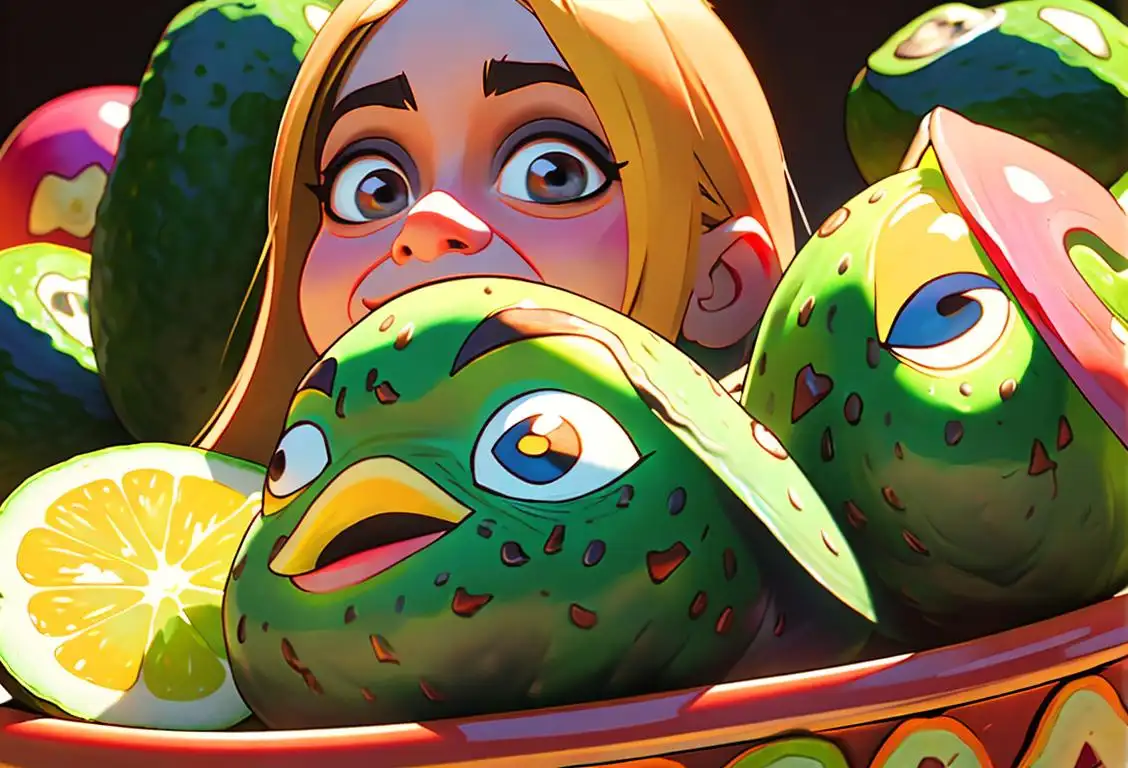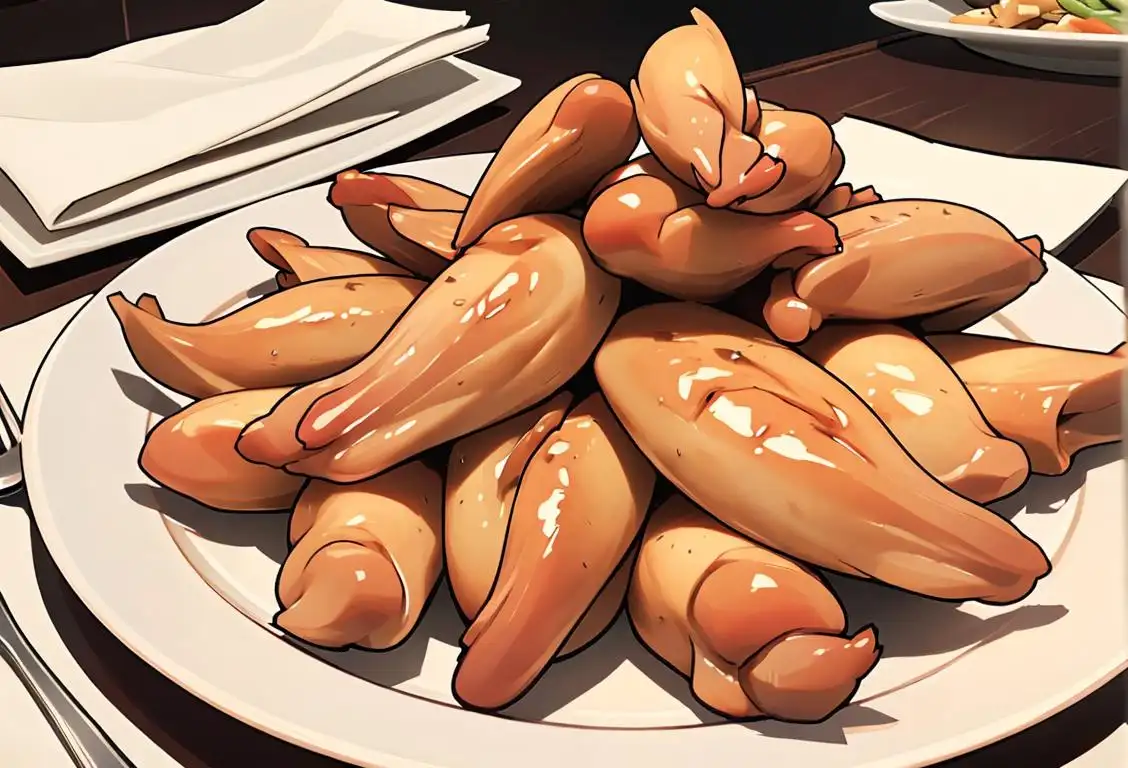National Pb Day
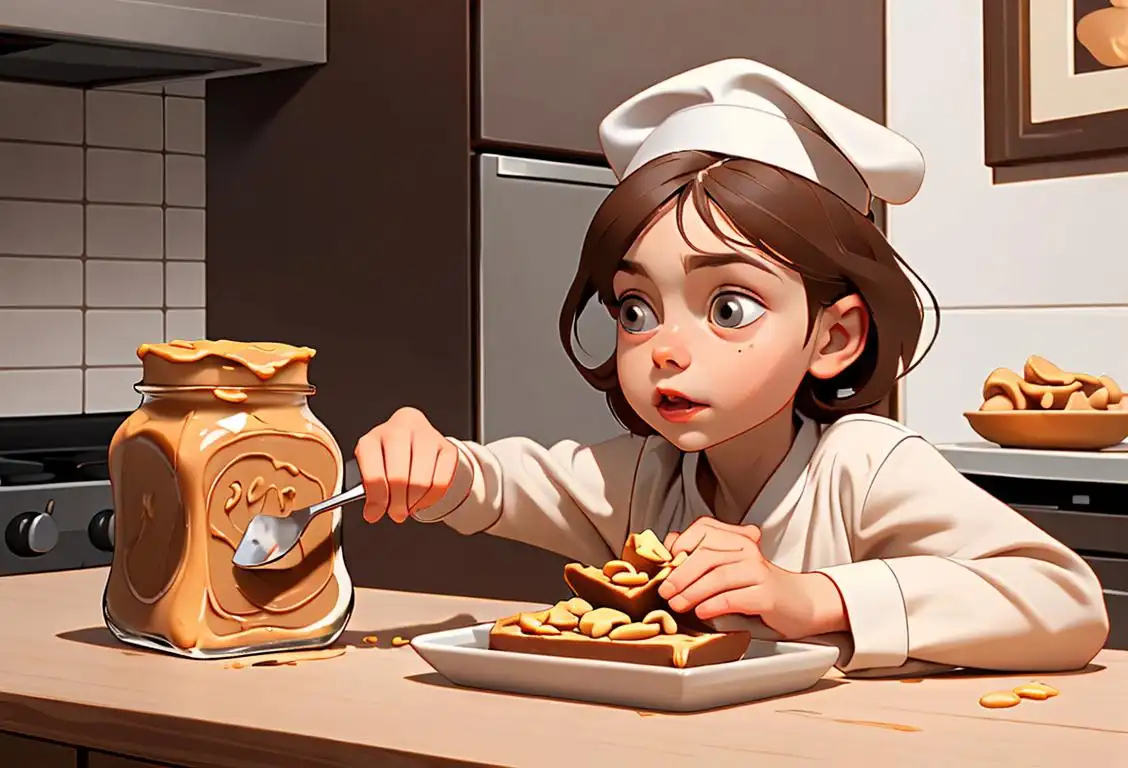
Welcome to the delightful world of National Peanut Butter Day! Get ready for a nutty adventure filled with tasty treats and interesting facts about everyone's favorite spreadable snack. Whether you're a lover of smooth or a fan of crunchy, this national day is sure to satisfy your cravings. So let's dive into the history, celebrations, and fun facts surrounding National Peanut Butter Day!
When is Pb Day?
It's national pb day on the 24th January.
History of National Peanut Butter Day
Did you know that peanut butter has a long and fascinating history? The Aztecs and Incas were reportedly making a paste-like substance from peanuts hundreds of years ago. However, it wasn't until the late 19th century that modern peanut butter as we know it today was invented.
The credit for creating the first commercial peanut butter goes to Dr. John Harvey Kellogg, who patented his nut butter-making process in 1895. However, it was George Washington Carver, a renowned scientist and inventor, who popularized the use of peanuts and peanut butter in the early 20th century. Carver's experiments and research on peanuts led to the development of various peanut-based products, including peanut butter.
Fast forward to the present day, and peanut butter has become a beloved staple in millions of households worldwide. Its versatility and deliciousness make it a go-to ingredient for sandwiches, baked goods, and even savory dishes.
Celebrating National Peanut Butter Day
On National Peanut Butter Day, the possibilities are endless! Here are a few ways you can join in on the celebration:
- Host a peanut butter-themed party with peanut butter desserts, sandwiches, and snacks.
- Try out new peanut butter recipes, like peanut butter cookies or peanut butter smoothies.
- Donate peanut butter to local food banks or shelters to help those in need.
- Create your own custom peanut butter blend by combining different types of peanuts or adding mix-ins like chocolate chips or pretzels.
- Share your love for peanut butter on social media using the hashtag #NationalPeanutButterDay.
Fun Fact about Peanut Butter
Did you know that the average American consumes about three pounds of peanut butter per year? That's a lot of PB&J sandwiches! Peanut butter is not only delicious but also packed with nutrients like protein, healthy fats, and vitamins. So the next time you enjoy a spoonful of peanut butter, remember that you're treating your taste buds and nourishing your body.
History behind the term 'Pb'
1898
Discovery of Element 82
In the year 1898, the element Lead (Pb) was discovered by chemist Sir William Ramsay. It was during his investigation of the decay products of uranium that Ramsay isolated lead, which has since become known by its chemical symbol Pb. This marked the first important step in the history of the term 'pb'.
1879
Discovery by Marcellus Gilmore Edson
In 1879, an American named Marcellus Gilmore Edson discovered a process for making peanut butter by milling roasted peanuts. He received a patent for his invention and is credited with the first commercial production of peanut butter.
1897
Discovery of the Element
In 1897, the element 'lead' was discovered by Sir William Crookes. It was given the atomic symbol 'Pb' derived from the Latin word 'plumbum' which means 'lead'. The element was commonly referred to as 'Pb' to distinguish it from other elements with similar properties.
1897
The Discovery of Peanut Butter
In 1897, a St. Louis physician named Dr. John Harvey Kellogg created a paste made from roasted peanuts. Initially, the aim was to provide a protein-rich food source for patients without teeth. This paste was not smooth like modern peanut butter; it had a coarse texture and was not well-received initially.
1890
Dr. John Harvey Kellogg's innovation
In 1890, Dr. John Harvey Kellogg, a physician and health-food advocate, patented a process to produce peanut butter from raw peanuts. He promoted peanut butter as a nutritious protein-packed alternative to meat and published recipes for various peanut butter-based dishes.
1912
Use in Chemistry
In 1912, the term 'pb' gained significance in the field of chemistry as an abbreviation for 'peanut butter'. Peanut butter is a spread made from ground roasted peanuts, which gained popularity in the early 20th century. 'Pb' became the widely accepted abbreviation for peanut butter due to its simplicity and easy reference in scientific literature.
1903
The Invention of Smooth Peanut Butter
In 1903, Dr. Ambrose Straub patented a peanut butter making machine, which allowed for the production of smooth peanut butter. This marked a significant advancement in the popularity and accessibility of peanut butter, as it became easier to spread and more appealing to consumers.
1965
Introduction of PB Blaster
In 1965, the popular penetrating oil and rust remover PB Blaster was introduced to the market. PB in the product's name stands for 'Penetrating Blaster'. Due to its effectiveness in loosening rusted and frozen parts, PB Blaster gained significant popularity among mechanics and DIY enthusiasts, contributing to the term 'pb' becoming associated with this powerful and versatile product.
1980
Peanut Butter's Rise in Popularity
During the 1980s, the term 'pb' started being commonly used as an abbreviation for 'peanut butter'. Peanut butter had been a beloved food product for many years, but it gained even more popularity during this decade. With its creamy texture and delicious taste, peanut butter became a staple in households, leading to 'pb' being used as a convenient and recognizable shorthand.
1922
The Term 'Peanut Butter' is Coined
In 1922, the term 'peanut butter' was officially coined. Prior to this, it was commonly referred to as 'peanut paste' or 'peanut butter paste.' The new term helped solidify its identity and establish it as a distinct food product.
1971
ISO Standardization
In 1971, the International Organization for Standardization (ISO) published ISO Standard 1000, which established the official two-letter symbol for chemical elements. 'Pb' was formally adopted as the symbol for the element lead, ensuring its consistent representation across scientific disciplines and international boundaries.
1904
Introduction at the St. Louis World's Fair
Peanut butter gained widespread attention in 1904 when it was introduced as a novelty product at the St. Louis World's Fair. Attendees were enthralled by the creamy and flavorful spread, leading to increased popularity and demand for peanut butter.
1990
PB as Internet Slang
In the early days of the internet, 'pb' started to be used as an abbreviation in online communities. Originating from the phrase 'poke back', 'pb' was used as a shorthand for reciprocating a virtual poke or greeting. It quickly spread among internet users and became a widely understood term to acknowledge and greet others in forums, chatrooms, and social media platforms.
1997
National Peanut Butter Lover's Day
In 1997, the term 'pb' gained further recognition with the celebration of National Peanut Butter Lover's Day on March 1st in the United States. This day is dedicated to honoring the delectable spread and its loyal enthusiasts. 'Pb' became a symbol of the beloved snack and a way to express one's love for peanut butter.
1940s
Peanut Butter's Role in World War II
During World War II, peanut butter emerged as a valuable source of protein for soldiers. It provided a convenient and long-lasting ration that was both nutritious and easily transportable. Its popularity soared, leading to increased production and consumption not only among soldiers but also among civilians.
1922
Joseph L. Rosefield's invention of 'no-stir' peanut butter
In 1922, Joseph L. Rosefield improved the consistency of peanut butter with a process that prevented the separation of oil. This invention led to the creation of 'no-stir' peanut butter, which made it easier for consumers to enjoy peanut butter without the need to stir it before use.
Present Day
Ubiquitous Abbreviation
Today, 'pb' is a widely recognized abbreviation for both the chemical element lead and the delicious spread peanut butter. It has become a part of scientific jargon, chemical formulas, and daily conversation. The term's dual nature showcases the intersection of science and popular culture, blending the importance of chemistry with the enjoyment of food.
1928
Peter Pan and Skippy brands introduced
The iconic peanut butter brands, Peter Pan and Skippy, were introduced in 1928. These brands became hugely popular and are still recognized today. Their marketing campaigns helped solidify peanut butter as a staple food item in many households.
1961
National Peanut Butter Day is Established
In 1961, National Peanut Butter Day was established in the United States. This day celebrates the beloved spread and recognizes its contribution to American cuisine and culture. It serves as a reminder of the widespread popularity and enduring appeal of peanut butter.
2016
Advent of PB&J Day
In recent years, the classic combination of peanut butter and jelly has been celebrated on its very own day. National PB&J Day, observed annually on April 2nd, pays homage to the beloved sandwich that has been a favorite among people of all ages. This celebration further popularized the term 'pb' as an abbreviation for peanut butter, reinforcing its cultural significance.
1958
Creamy and chunky variations
In 1958, Peter Pan introduced the creamy and chunky variations of peanut butter, providing consumers with options based on their texture preferences. This innovation expanded the appeal of peanut butter and catered to a wider range of tastes.
1990
National Peanut Butter Lover's Day
To celebrate the popularity of peanut butter and its dedicated fanbase, National Peanut Butter Lover's Day was created in 1990. It is observed on March 1st each year and encourages people to indulge in their love for peanut butter by enjoying various dishes and treats.
Did you know?
Did you know that peanut butter was originally sold as a protein substitute for people with no teeth? Talk about innovation!Tagged
awareness food funFirst identified
24th January 2016Most mentioned on
24th January 2017Total mentions
92Other days
Sweet Tea Day
Agriculture Day
Cheese Pizza Day
Bacon Day
Pumpkin Day
Medal Of Honor Day
Vodka Day
Foundation Day
Guac Day
Wing Day


